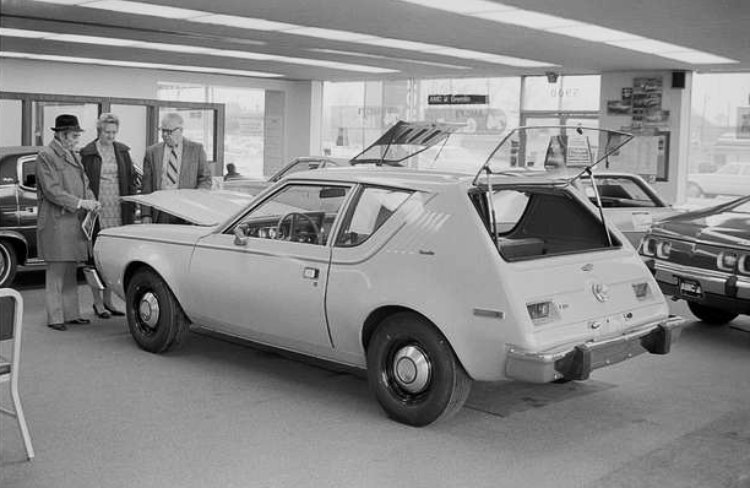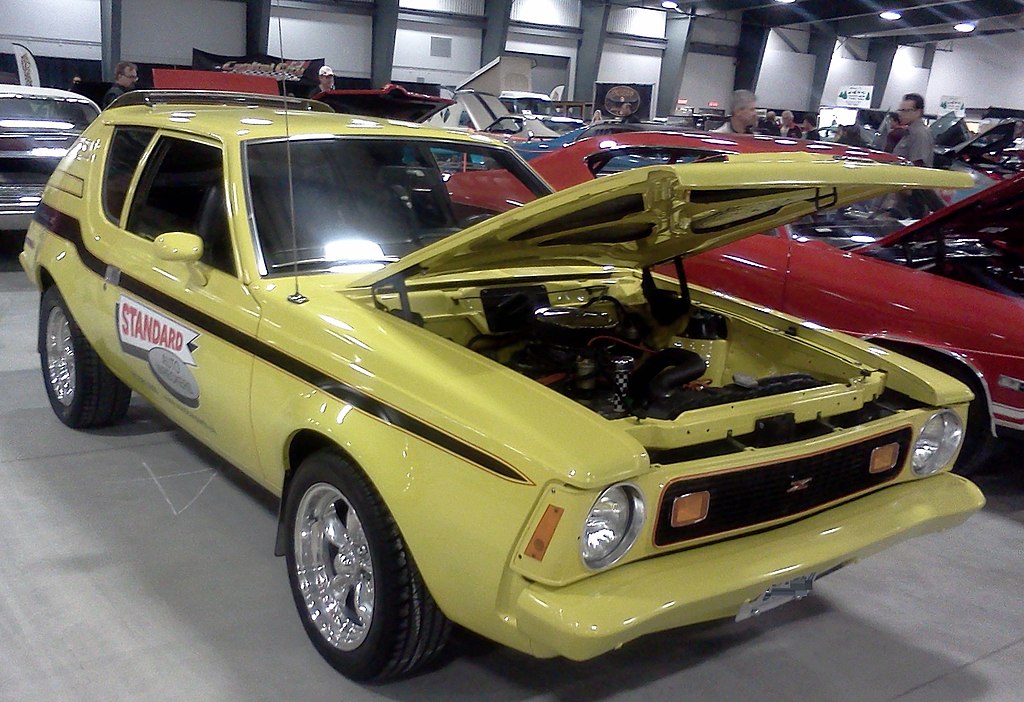The Story Of The Infamous AMC Gremlin
For years, bigger was better in the American auto industry. But when a fuel crisis swept the country in the 1970s, American car manufacturers started thinking small.
Among these efforts, there was one plucky little car that stood out for both good and bad: the AMC Gremlin.
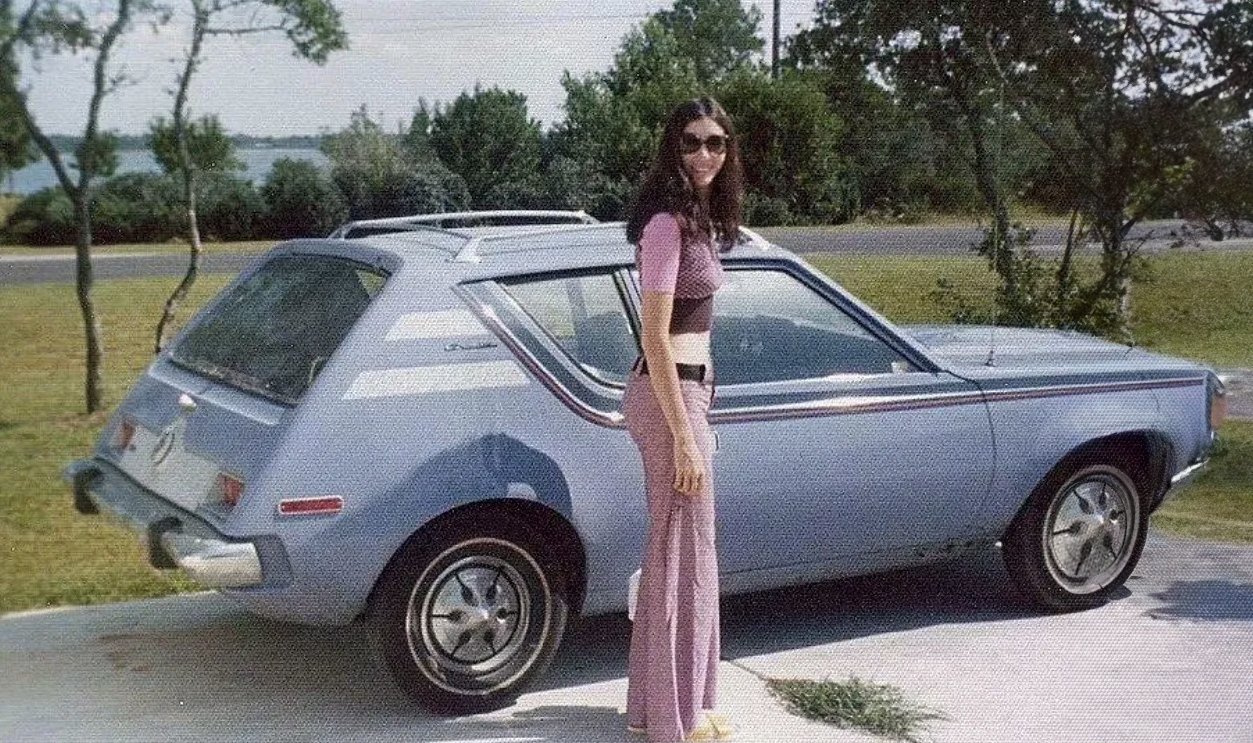
An Iconic Car
What made this car so noteworthy? Two future US presidents, Bill Clinton and George W. Bush, had Gremlins in the 1970s. Maybe it was a Boomer thing.
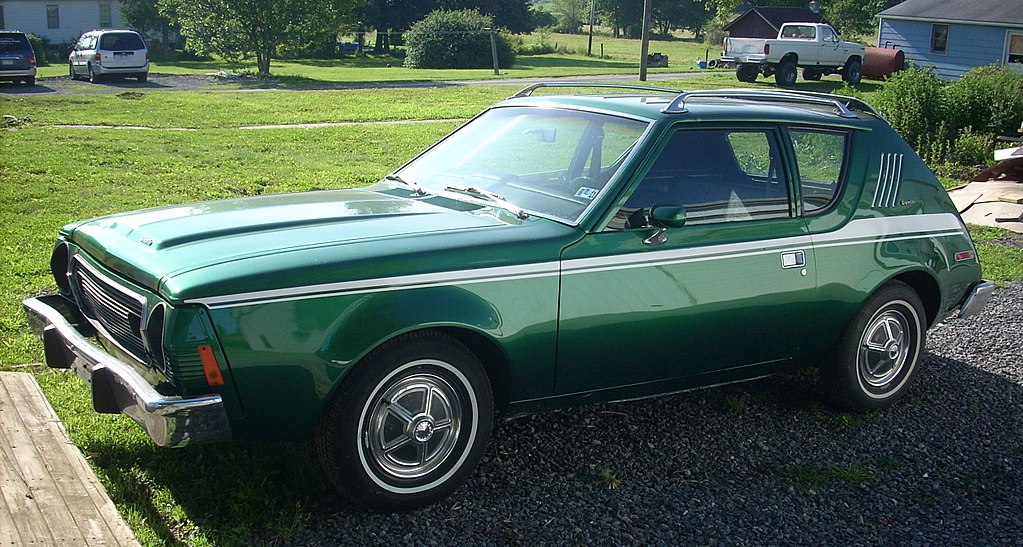 Gerry Dincher, CC BY-SA 2.0,Wikimedia Commons
Gerry Dincher, CC BY-SA 2.0,Wikimedia Commons
Marketing Small Cars
It was more than that, however. The marketing of the Gremlin focused on its unusual appearance, at least to American eyes. American cars had pretty much all been big since 1940s. Occasionally, small European cars such as the Volkswagen Beetle would make some headway in the American market, but it was rare.
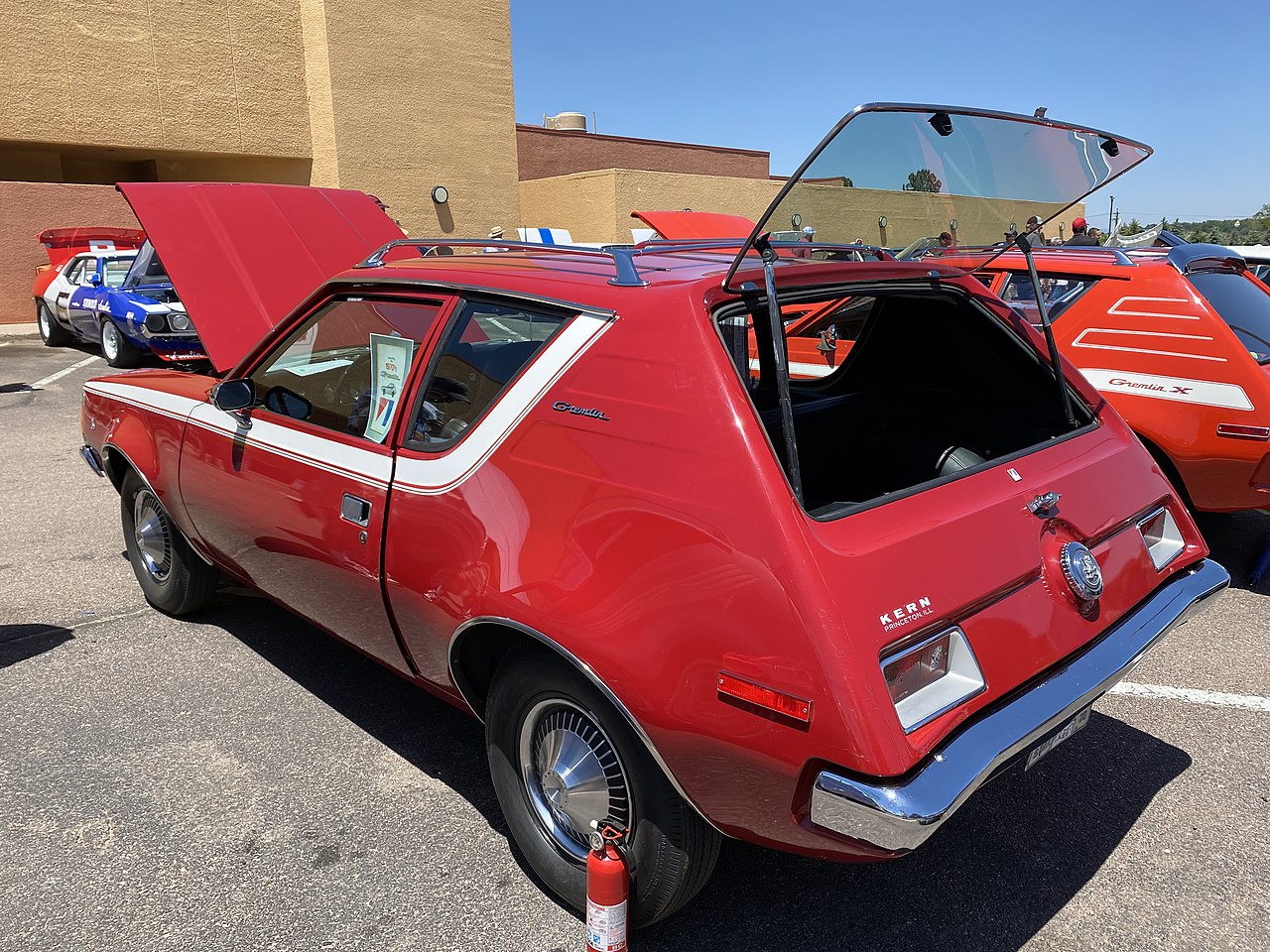 CZmarlin — Christopher Ziemnowicz, CC BY-SA 4.0,Wikimedia Commons
CZmarlin — Christopher Ziemnowicz, CC BY-SA 4.0,Wikimedia Commons
Big Cars Were King
For the most part, Americans wanted big cars. Gas was cheap and there was no reason for a household not to have a car big enough for the extended family. The seats were usually benches and since seatbelts were of little concern, packing people in was never an issue.
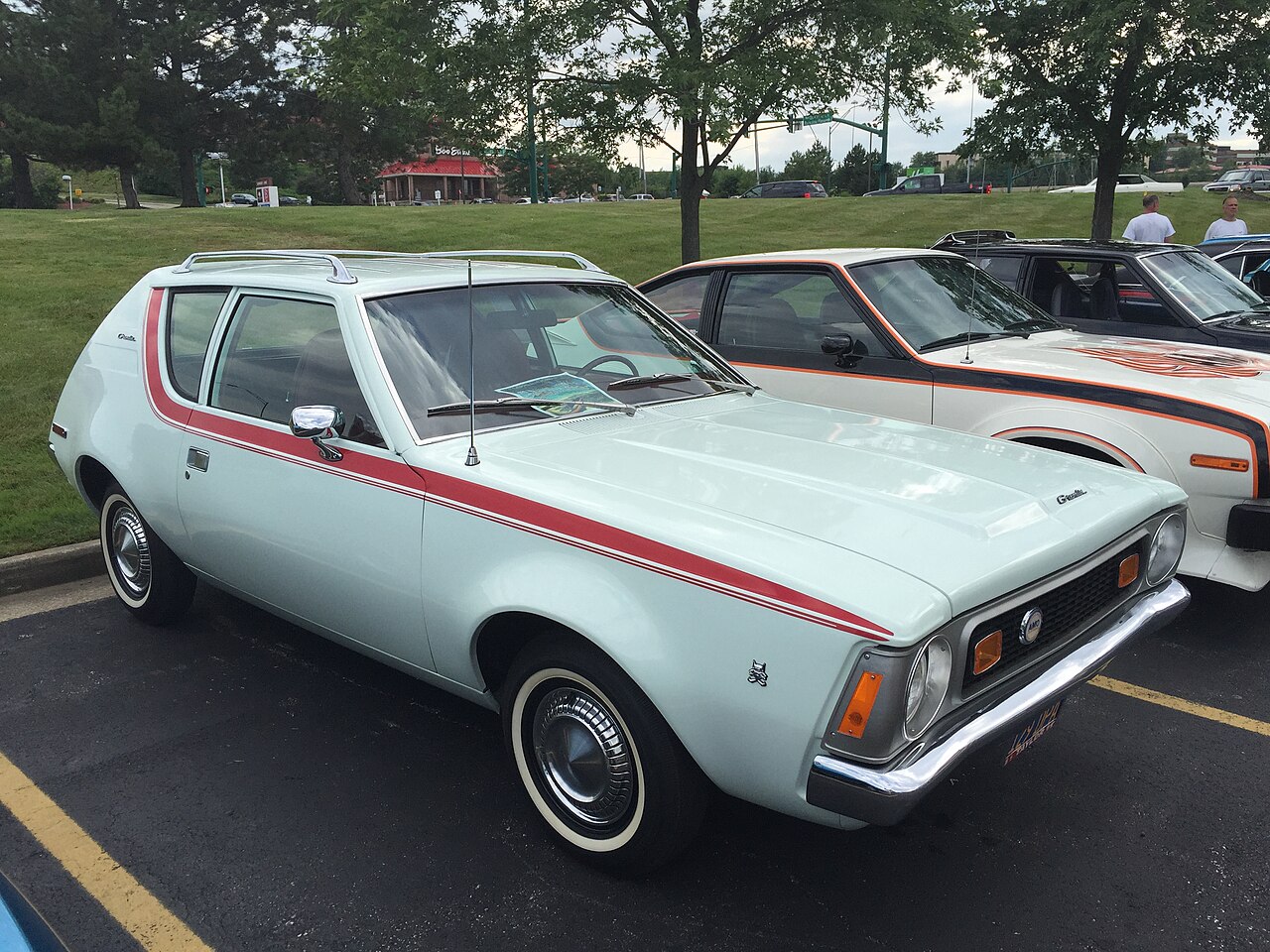 CZmarlin — Christopher Ziemnowicz, CC BY-SA 4.0, Wikimedia Commons
CZmarlin — Christopher Ziemnowicz, CC BY-SA 4.0, Wikimedia Commons
The 1970s Fuel Crisis
The 1970s fuel crisis changed everything. Fuel-efficient imports from Japan and Germany began to challenge American car manufacturers seriously. Although Americans said they wanted big cars, it was clear that the market was there for smaller cars and US manufacturers couldn’t let foreign companies dominate that market.
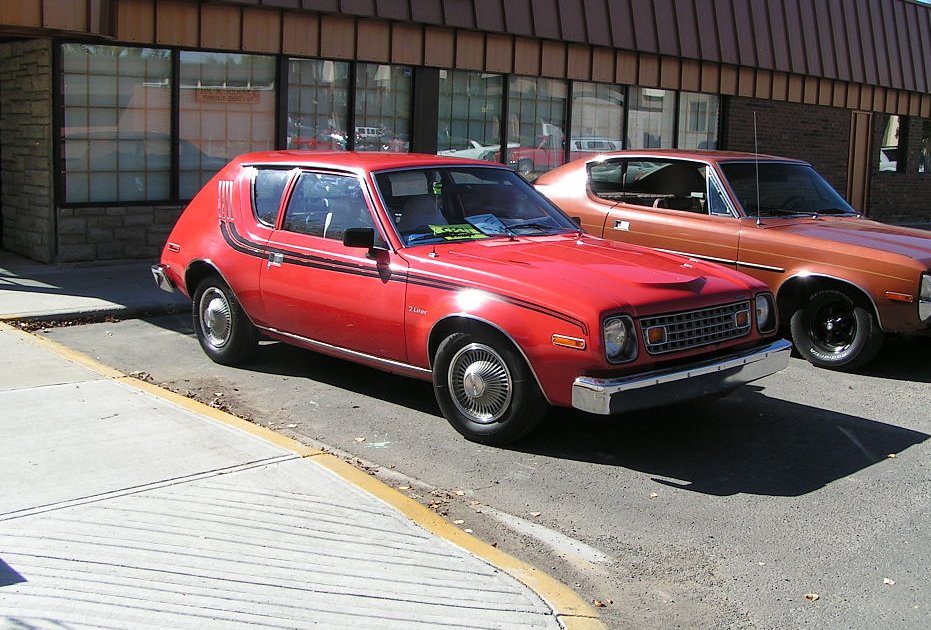 dave_7, CC BY-SA 2.0, Wikimedia Commons
dave_7, CC BY-SA 2.0, Wikimedia Commons
The AMC Hornet
The AMC Hornet was one of the first compact cars produced in the US, and there was a serious marketing push to eliminate the stigma of the small car. Compact cars were synonymous with “cheap” to American consumers, so AMC launched the Hornet as a way to rebrand the idea of the small car—including features not available in competing compact cars.
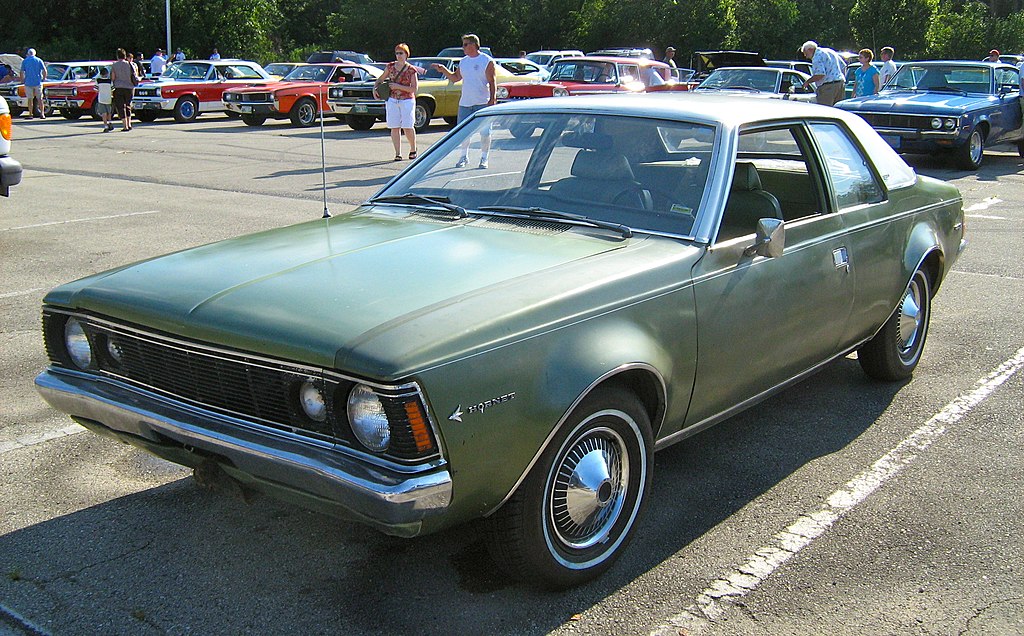 CZmarlin — Christopher Ziemnowicz, Wikimedia Commons
CZmarlin — Christopher Ziemnowicz, Wikimedia Commons
From Hornet To Gremlin
The Hornet was wider and heavier than competing compacts, addressing the American bias against lightweight cars. It was marketed as a luxury car, just smaller.
The platform of the Hornet became the basis for the Gremlin, among others.
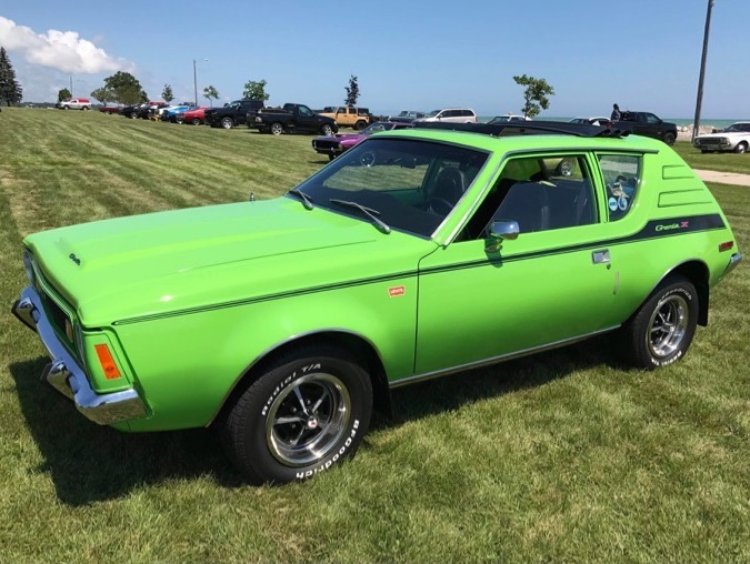 Gremlinx72, CC BY-SA 4.0, Wikimedia Commons
Gremlinx72, CC BY-SA 4.0, Wikimedia Commons
The Subcompact Car
Shortening the Hornet body, the Gremlin was a subcompact, introduced in 1970 to compete with the emerging American and foreign subcompact market. Subcompact cars emerged in the 1960s but didn’t become viable in the US market until the early 1970s.
Previously labeled “economy cars,” the term subcompact emerged to fight the stigma of being cheap.
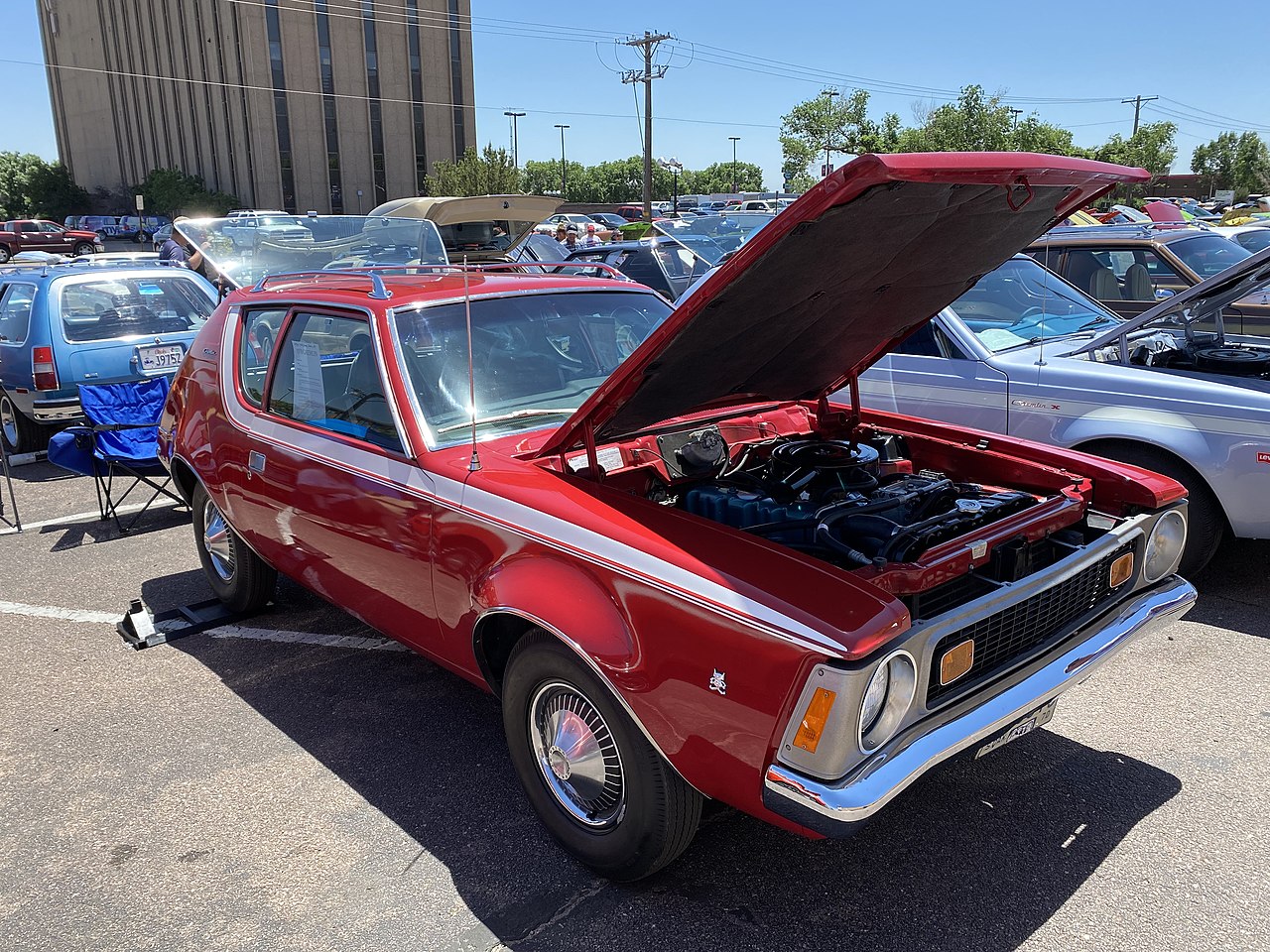 CZmarlin — Christopher Ziemnowicz, CC BY-SA 4.0, Wikimedia Commons
CZmarlin — Christopher Ziemnowicz, CC BY-SA 4.0, Wikimedia Commons
A Mixed Reputation
The Gremlin, however, has always had a mixed reputation. As iconic as it was, it was also derided for its styling and technology, and has been often named one of the worst cars ever produced. It was viewed as a “hacked off” Hornet with no design finesse.
To make matters worse, with no back end to speak of, the Gremlin didn't exactly handle well.
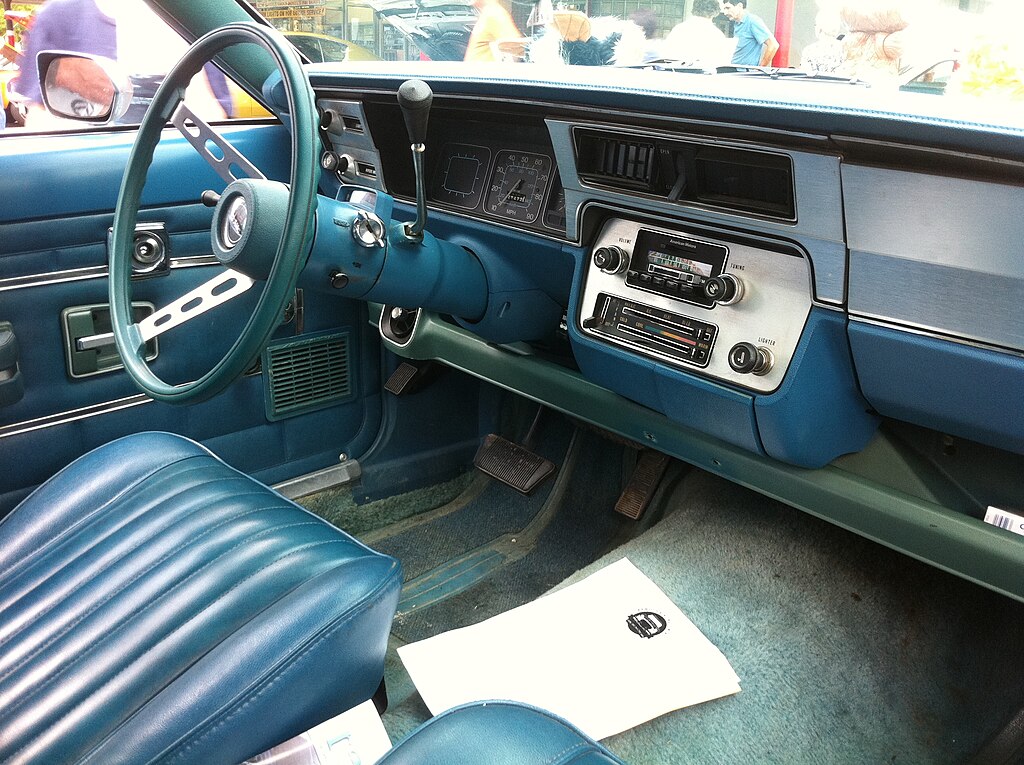 CZmarlin — Christopher Ziemnowicz, Wikimedia Commons
CZmarlin — Christopher Ziemnowicz, Wikimedia Commons
One Of The 50 Worst Cars
Time Magazine listed the Gremlin as one of the 50 worst cars of all time. The Gremlin, it said, was “quicker than other subcompacts but, alas, that only meant you heard the jeers and laughter that much sooner.”
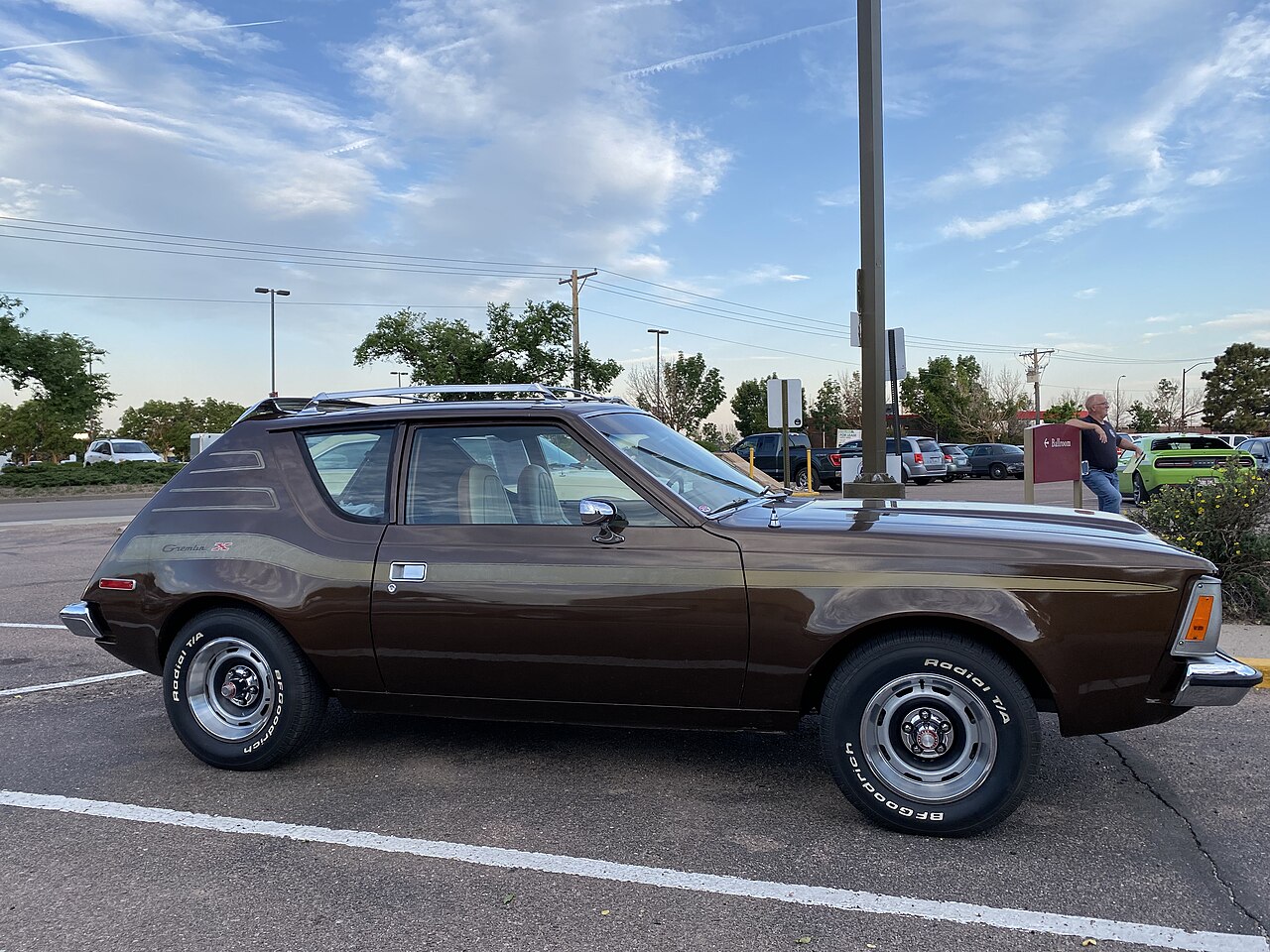 CZmarlin — Christopher Ziemnowicz, CC BY-SA 4.0, Wikimedia Commons
CZmarlin — Christopher Ziemnowicz, CC BY-SA 4.0, Wikimedia Commons
Ten Most Questionable Cars
CNN’s “The Ten Most Questionable Cars of All Time,” said of the Gremlin that it “can be seen as either a daring leap forward by an innovative underdog or as a desperate attempt to do something – anything – that would stand out in a marketplace dominated by larger competitors.”
But there's just one question: If it really was such a terrible car, then why was it so successful?
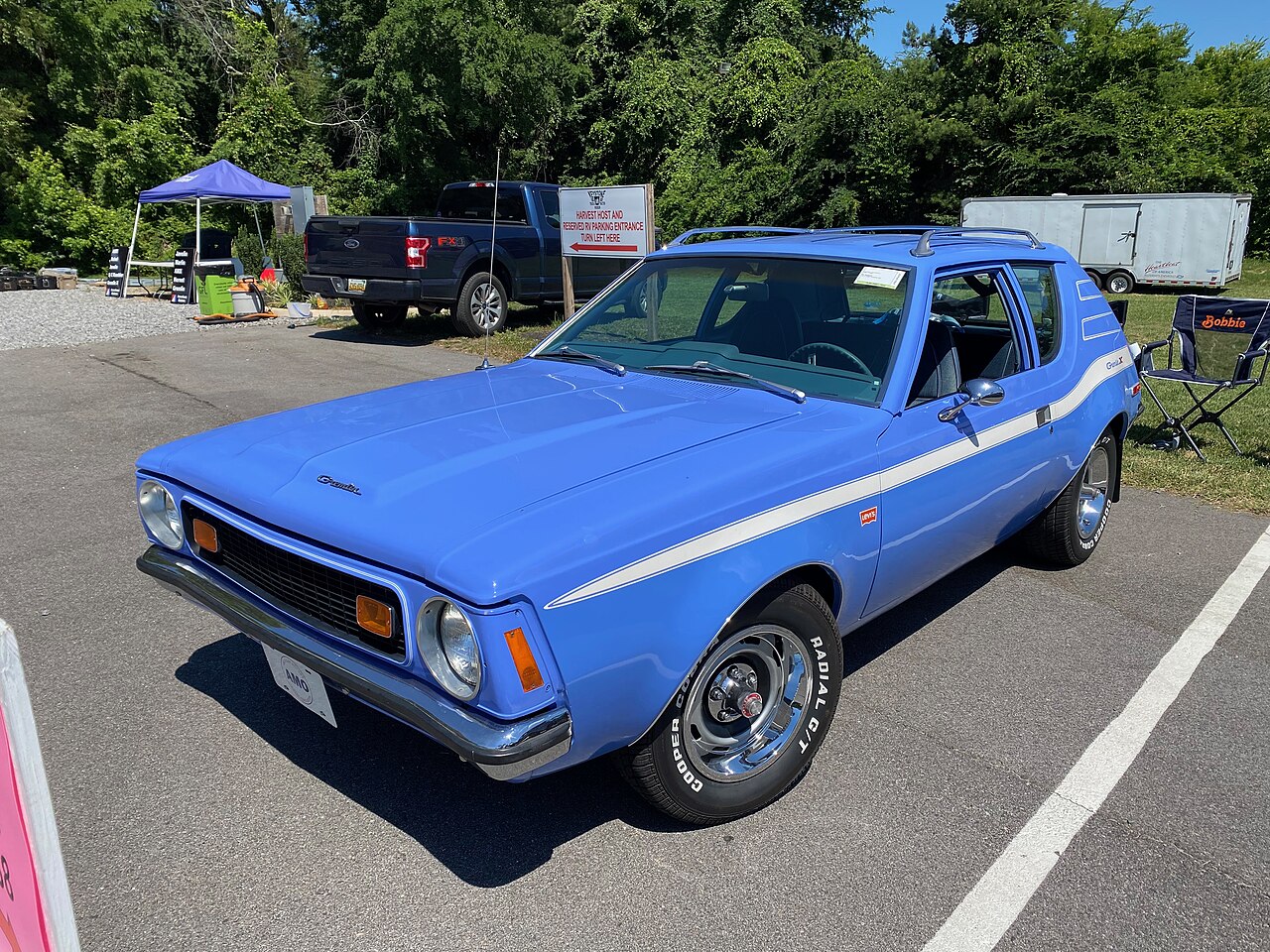 CZmarlin — Christopher Ziemnowicz, CC BY-SA 4.0, Wikimedia Commons
CZmarlin — Christopher Ziemnowicz, CC BY-SA 4.0, Wikimedia Commons
Skeptical American Consumers
The Gremlin was launched by American Motors Corporation (AMC) in 1970 as an economy car marketed as a subcompact. AMC marketing positioned the Gremlin as “the first American-built import.” This bit of advertising witticism was important, because the skepticism of the American consumer needed to be addressed.
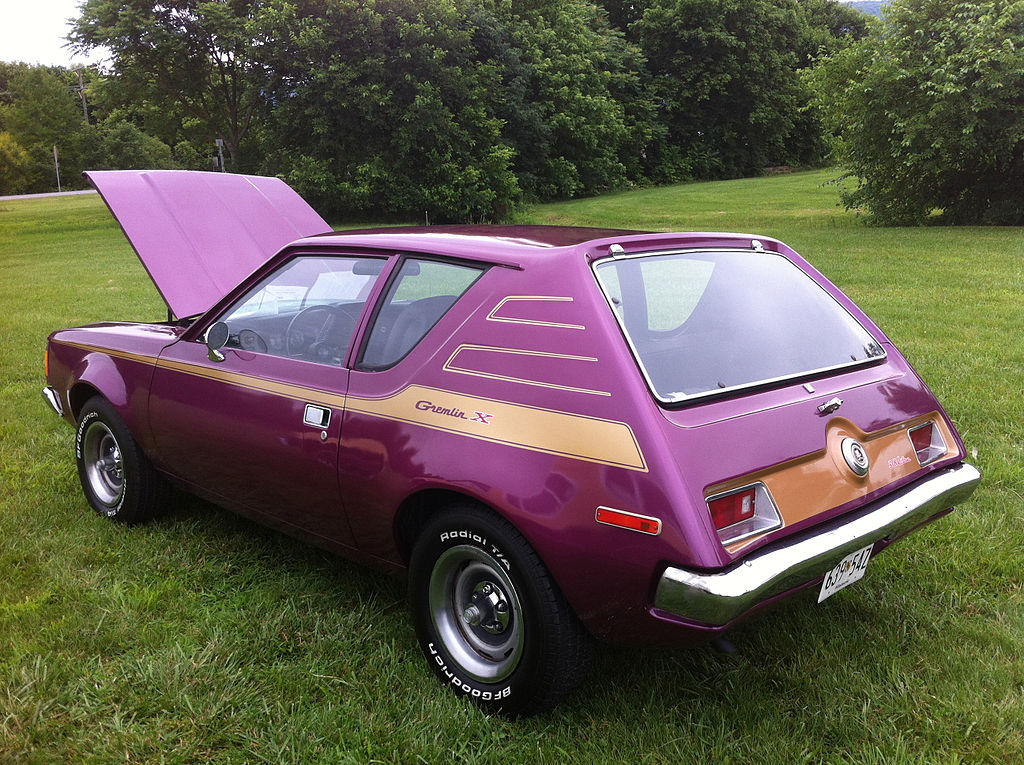 CZmarlin, CC BY-SA 4.0, Wikimedia Commons
CZmarlin, CC BY-SA 4.0, Wikimedia Commons
The Origin Of The Gremlin
The idea of the Gremlin began in 1966. The brainchild of AMC head of design Dick Teague and designer Bob Nixon, the Gremlin was envisioned as a subcompact alternative to AMC’s available compact cars.
Early Versions
Teague sketched the initial idea on an air sickness bag while on a flight and truncated the tail of an AMC Javelin, itself designed by Teague earlier that year. Nixon, at 23, had just started as a designer for AMC and was tasked in 1967 with the first formal sketches of the car that was to become the Gremlin.
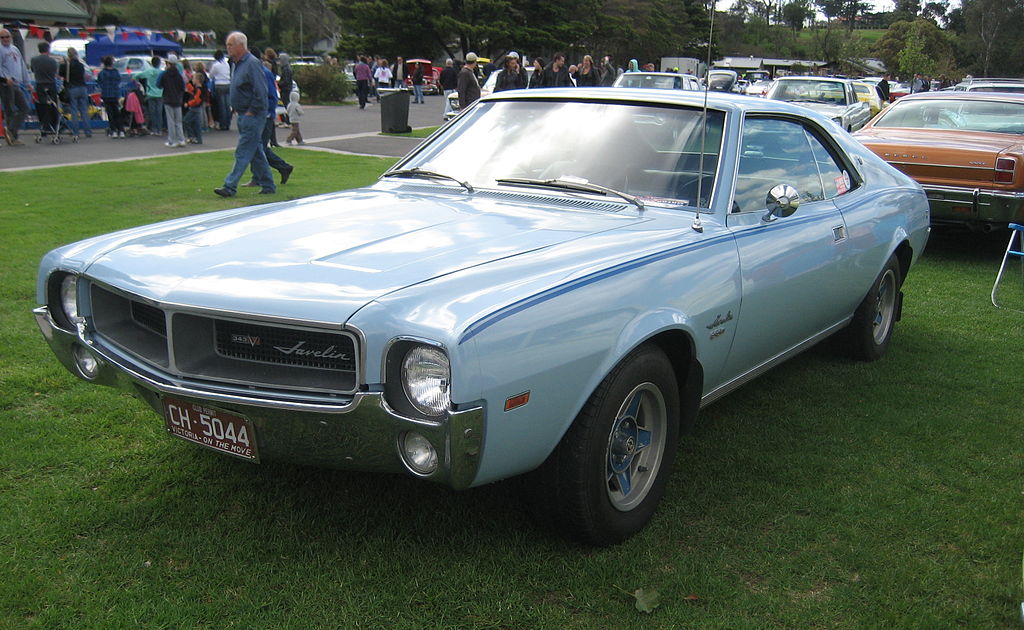 Sicnag, CC BY 2.0, Wikimedia Commons
Sicnag, CC BY 2.0, Wikimedia Commons
A Cheaper Subcompact
A crucial part of the Gremlin’s development was the need for a cheaper production solution to the subcompact car. The Big Three US automakers, Ford, General Motors, and Chrysler were developing their own subcompacts but AMC did not have those companies’ financial resources.
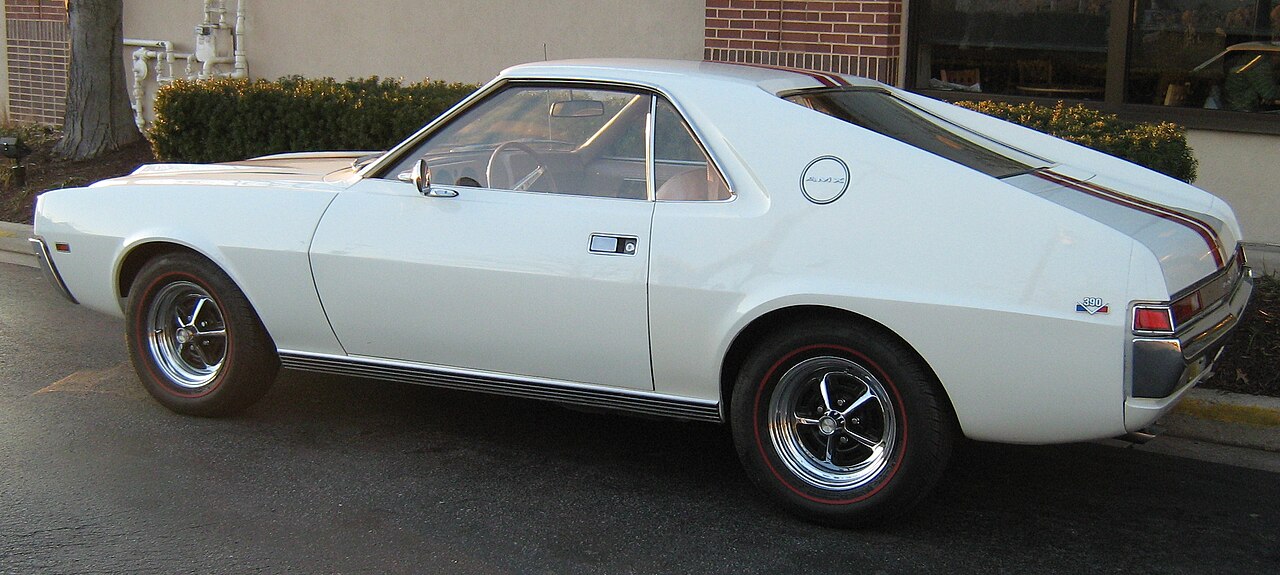 CZmarlin — Christopher Ziemnowicz, Wikimedia Commons
CZmarlin — Christopher Ziemnowicz, Wikimedia Commons
Financial Resources
AMC simply didn't have the money to develop a subcompact with a new design. This new car had to be based on an existing model.
Did it affect the ultimate result? That's for you to decide.
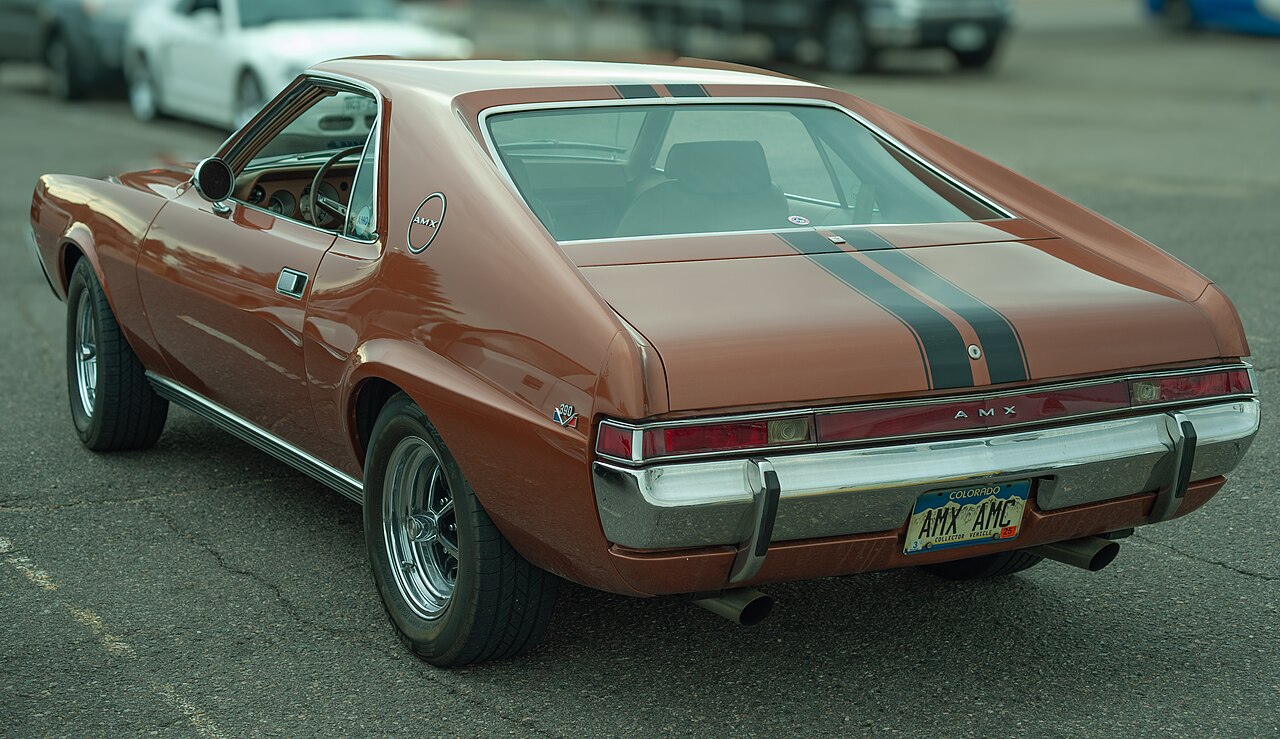 BUTTON74, CC BY-SA 4.0, Wikimedia Commons
BUTTON74, CC BY-SA 4.0, Wikimedia Commons
The AMX
An early version of what was to be the Gremlin was a car based on the Javelin, a two-seat sports car called AMX, itself modeled on a concept car called the AMC-GT shown at the 1968 New York International Auto Show. The AMX was produced between 1968 and 1970.
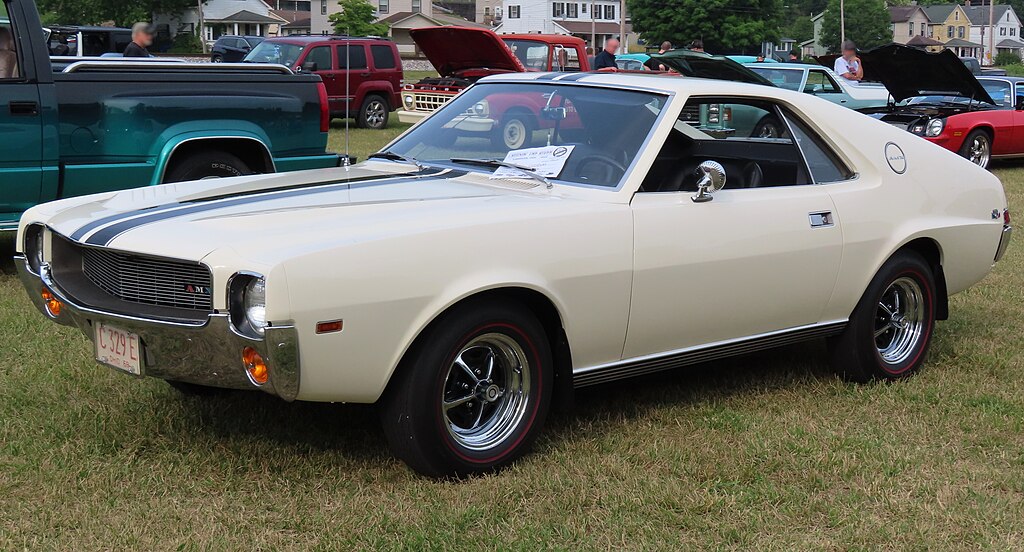 MercurySable99, CC BY-SA 4.0, Wikimedia Commons
MercurySable99, CC BY-SA 4.0, Wikimedia Commons
The Design Of The Gremlin
This car, however, as a sports car did not satisfy the idea of a cheap subcompact. Bob Nixon designed a new subcompact based on the Hornet, an AMC compact car.
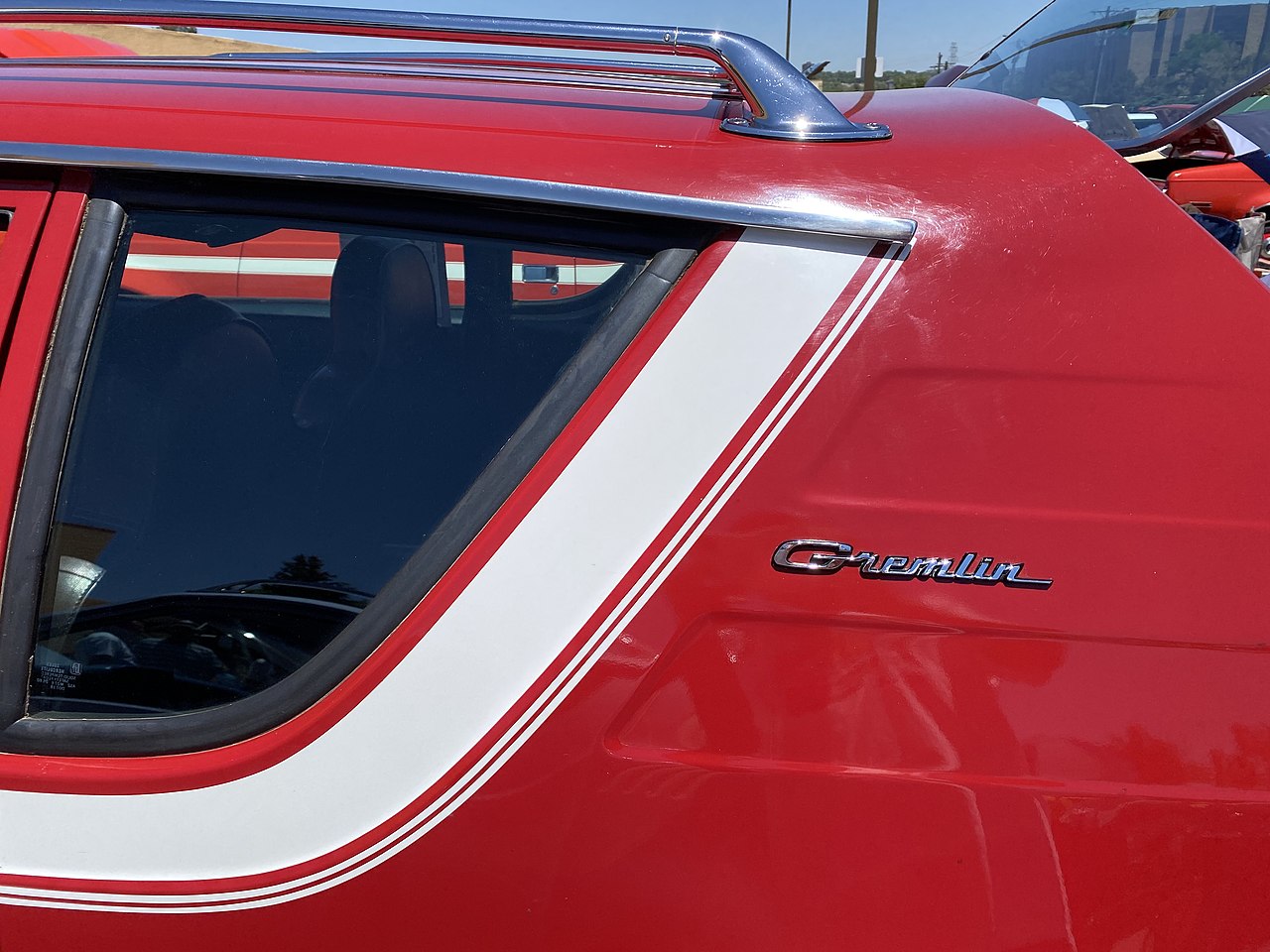 CZmarlin — Christopher Ziemnowicz, CC BY-SA 4.0, Wikimedia Commons
CZmarlin — Christopher Ziemnowicz, CC BY-SA 4.0, Wikimedia Commons
The Size Of The Gremlin
The Hornet’s wheelbase was shortened and the length was reduced by 18 inches. This made the Gremlin slightly longer than the competing Volkswagen Beetle, but shorter than competing American subcompacts the Ford Pinto and Chevrolet Vega.
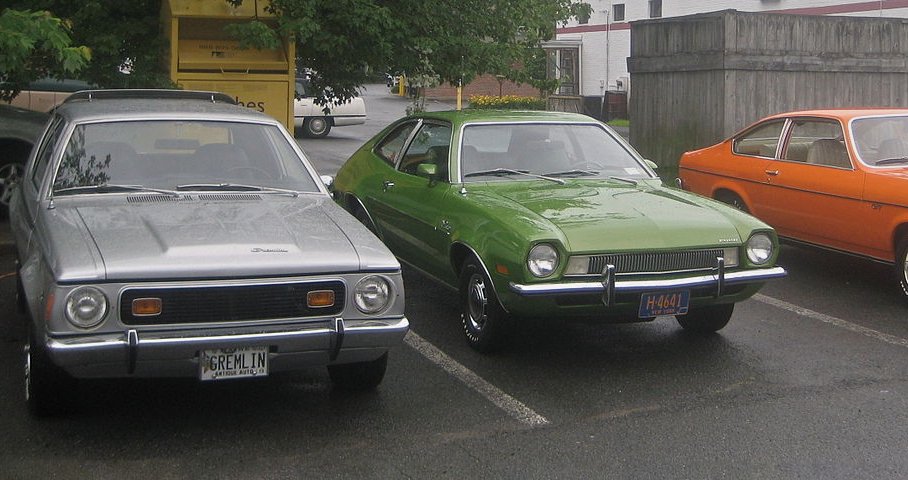 Robert Spinello / Vegavairbob, CC BY-SA 3.0, Wikimedia Commons
Robert Spinello / Vegavairbob, CC BY-SA 3.0, Wikimedia Commons
Marketing The Gremlin
AMC was known for its smaller cars, and that was used to its advantage in marketing. An early article on the Gremlin in April 1970 in Newsweek was titled “Detroit Fights Back: The Gremlin.”
As a smaller auto manufacturing company, AMC utilized its size to compete against its bigger American competitors as well as the foreign car market.
 CZmarlin — Christopher Ziemnowicz, Wikimedia Commons
CZmarlin — Christopher Ziemnowicz, Wikimedia Commons
A Scrappy Car
The image of a scrappy car manufacturer was coupled with the idea of a scrappy car. Described by Time Magazine as a “sawed-off station wagon,” the Gremlin visually stood out.
In this it shared a design advantage with Volkswagen: No other car looked like the Gremlin.
 CZmarlin — Christopher Ziemnowicz, CC BY-SA 4.0, Wikimedia Commons
CZmarlin — Christopher Ziemnowicz, CC BY-SA 4.0, Wikimedia Commons
The Hatchback
The Gremlin was very small, with tiny back seats suitable for “small children only.” The Gremlin was wider than other subcompacts making it feel stable in the front seats. Its tail design, which was an upsweep rather than a flat trunk, made the Gremlin quite aerodynamic.
This innovation became a standard design for subcompacts, especially in foreign cars.
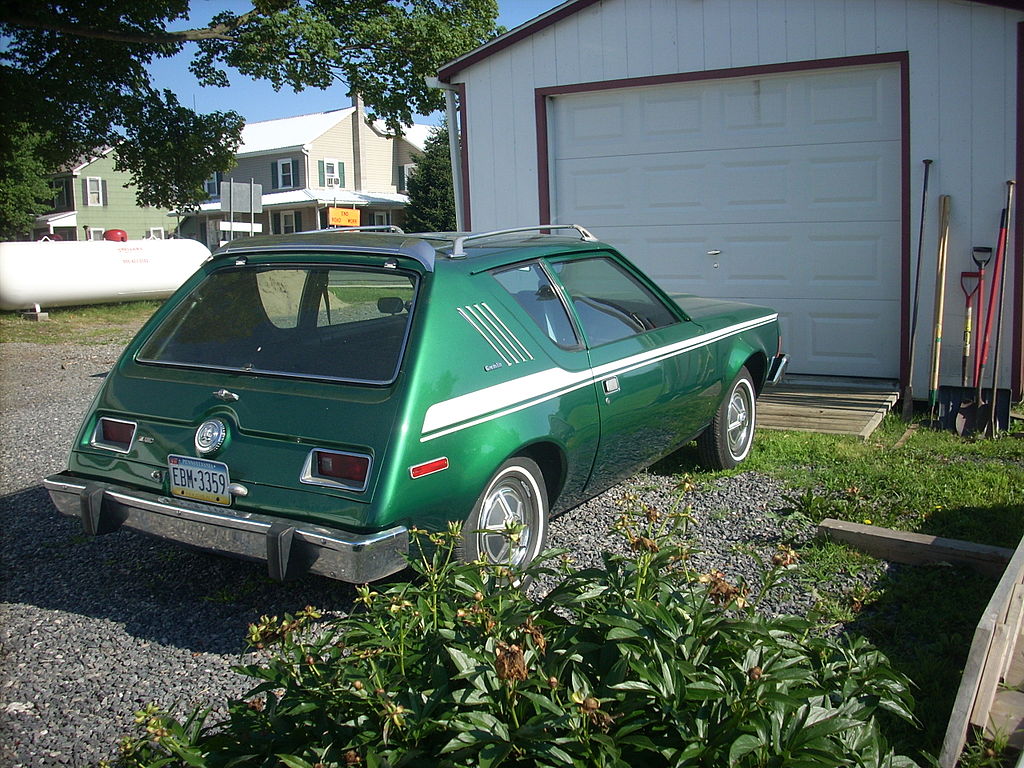 Gerry Dincher, NC, CC BY-SA 2.0, Wikimedia Commons
Gerry Dincher, NC, CC BY-SA 2.0, Wikimedia Commons
The Name
Teague claimed that the design and the name were a deliberate strategy to look either “cute or controversial,” both being desirable for the “free-thinking early 1970s.” The word Gremlin had long been used in manufacturing as a term for a malfunction of equipment.
AMC attempted to subvert this definition by redefining it as “a pal to its friends and an ogre to its enemies.”
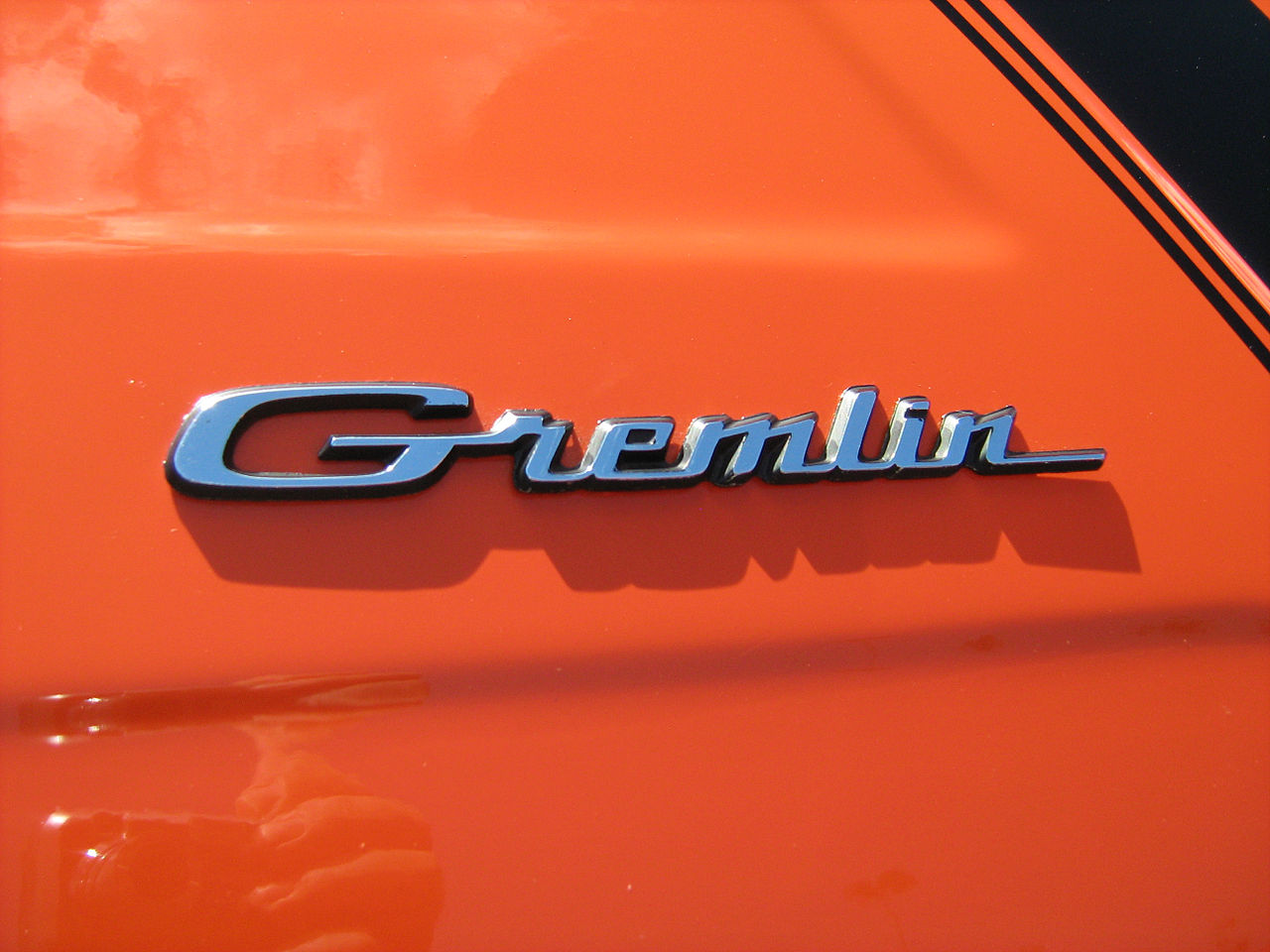 CZmarlin — Christopher Ziemnowicz, CC BY-SA 3.0, Wikimedia Commons
CZmarlin — Christopher Ziemnowicz, CC BY-SA 3.0, Wikimedia Commons
Marketing To Young People
A crucial target market was young people. Cars are traditionally marketed to families, men in particular, with younger people mainly owning cars as hand-me-downs.
The Gremlin as “cute or controversial” spoke to the young Baby Boomers who were looking to be different from their parents. Ultimately, sales for the Gremlin were 60% to people under 35.
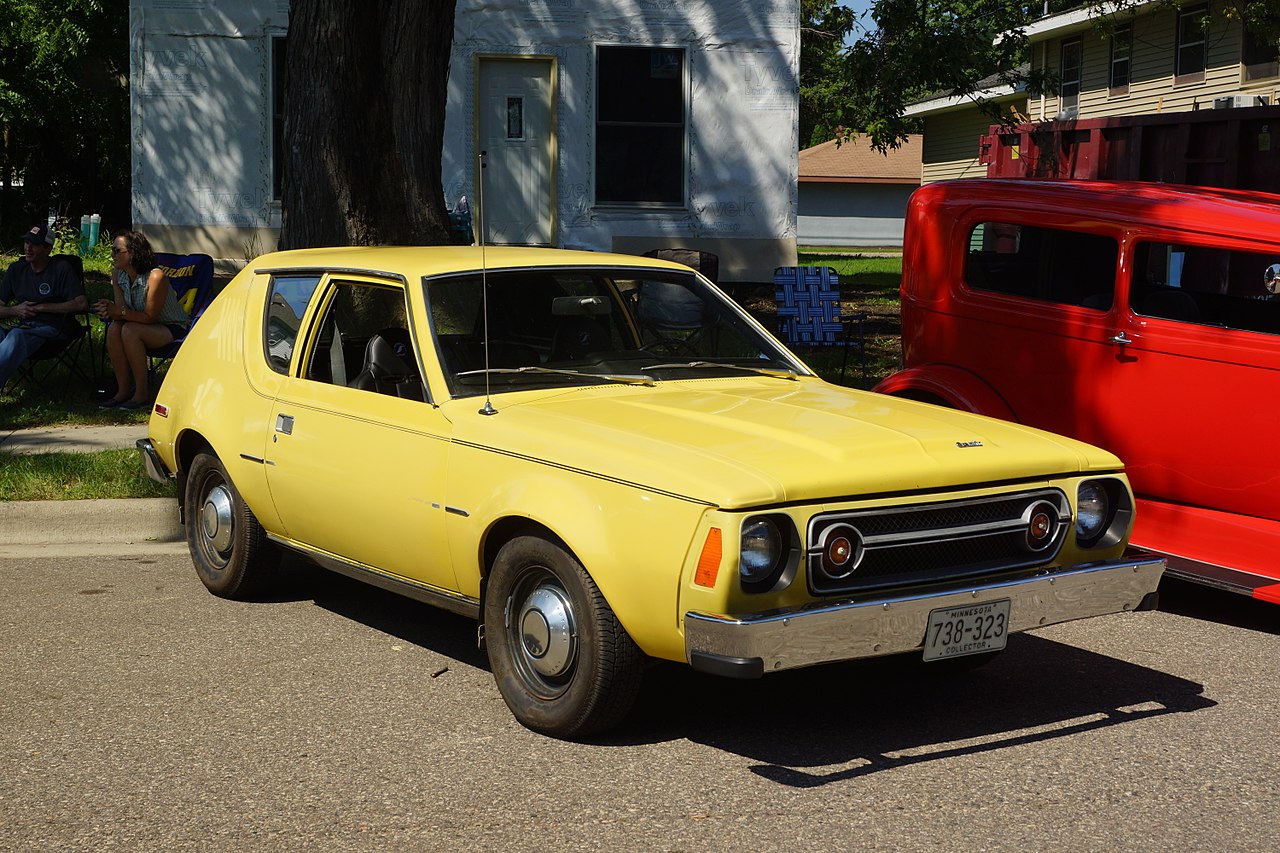 Greg Gjerdingen, USA, CC BY 2.0, Wikimedia Commons
Greg Gjerdingen, USA, CC BY 2.0, Wikimedia Commons
Competing With The Big Three
Teague was adamant that the Gremlin look nothing like something produced by the Big Three. AMC was an underdog and the Gremlin was the face of that underdog status. With its unprecedented hatchback design, the Gremlin simply didn’t look like a family car.
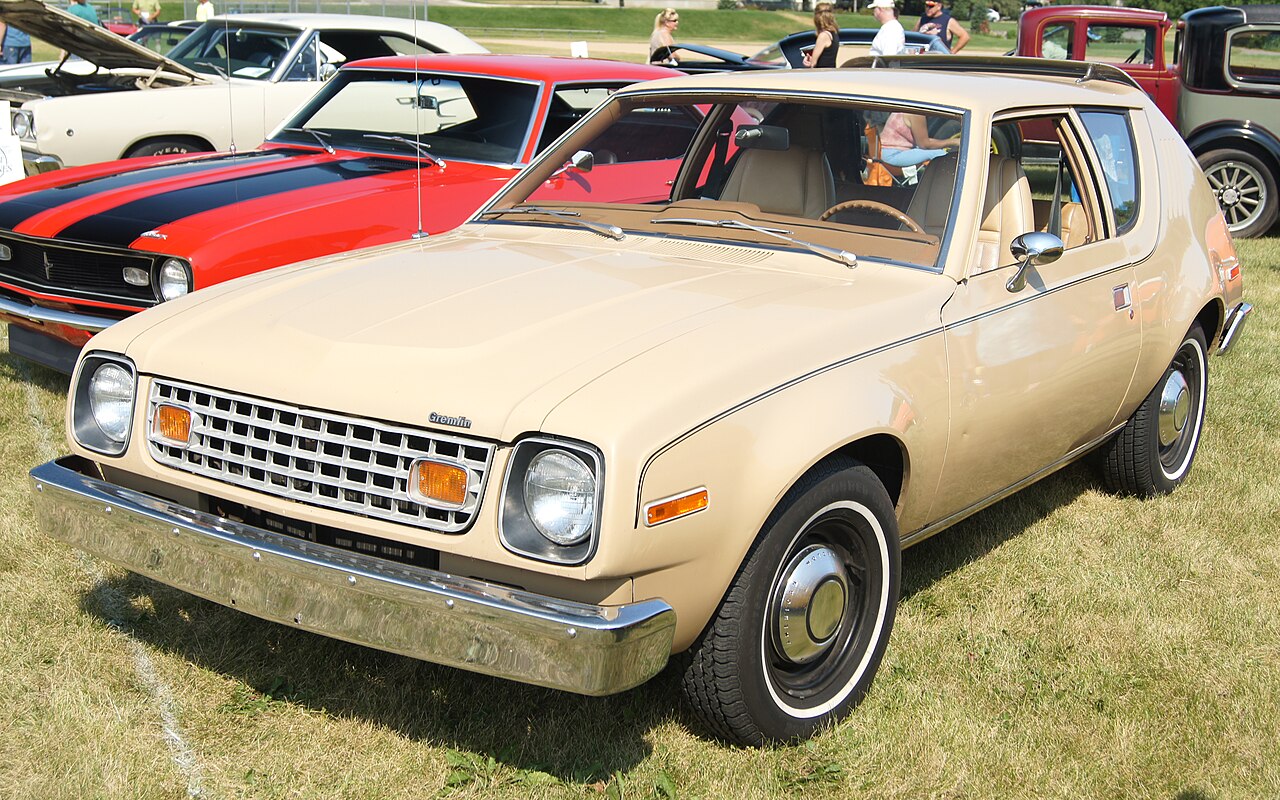 Greg Gjerdingen, USA, CC BY 2.0, Wikimedia Commons
Greg Gjerdingen, USA, CC BY 2.0, Wikimedia Commons
America’s First Subcompact
Promoted, inaccurately, as "America’s first subcompact,” the marketing strategy was extremely successful. The Gremlin was the most successful single-generation body style/chassis produced by AMC, selling over 671,000 units during its production.
The Gremlin’s image fit perfectly in the unprecedented styles of the 1970s: shag carpets, polyester clothes, and Gremlins became iconic symbols of that decade.
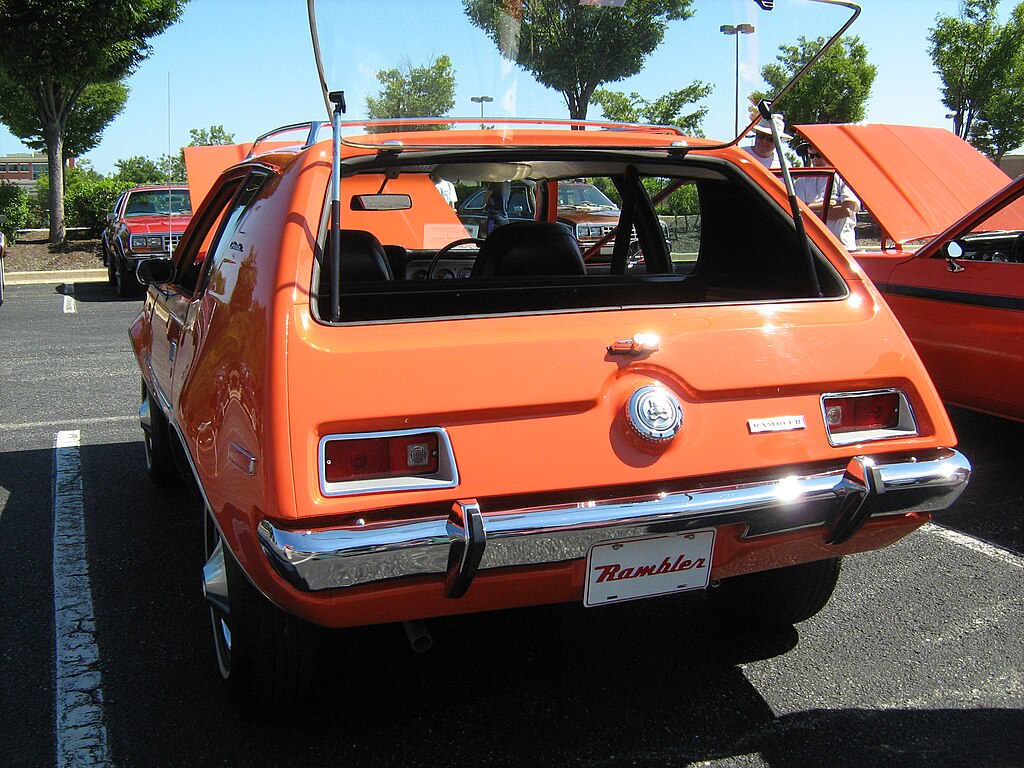 CZmarlin — Christopher Ziemnowicz, CC BY-SA 3.0, Wikimedia Commons
CZmarlin — Christopher Ziemnowicz, CC BY-SA 3.0, Wikimedia Commons
A Classic First Car
With its consumer-friendly price point, the Gremlin became a classic “first car.” Seniors in high school drove them and it was often seen as the car which students drove to college for the first time, its limited interior crammed with moving boxes.
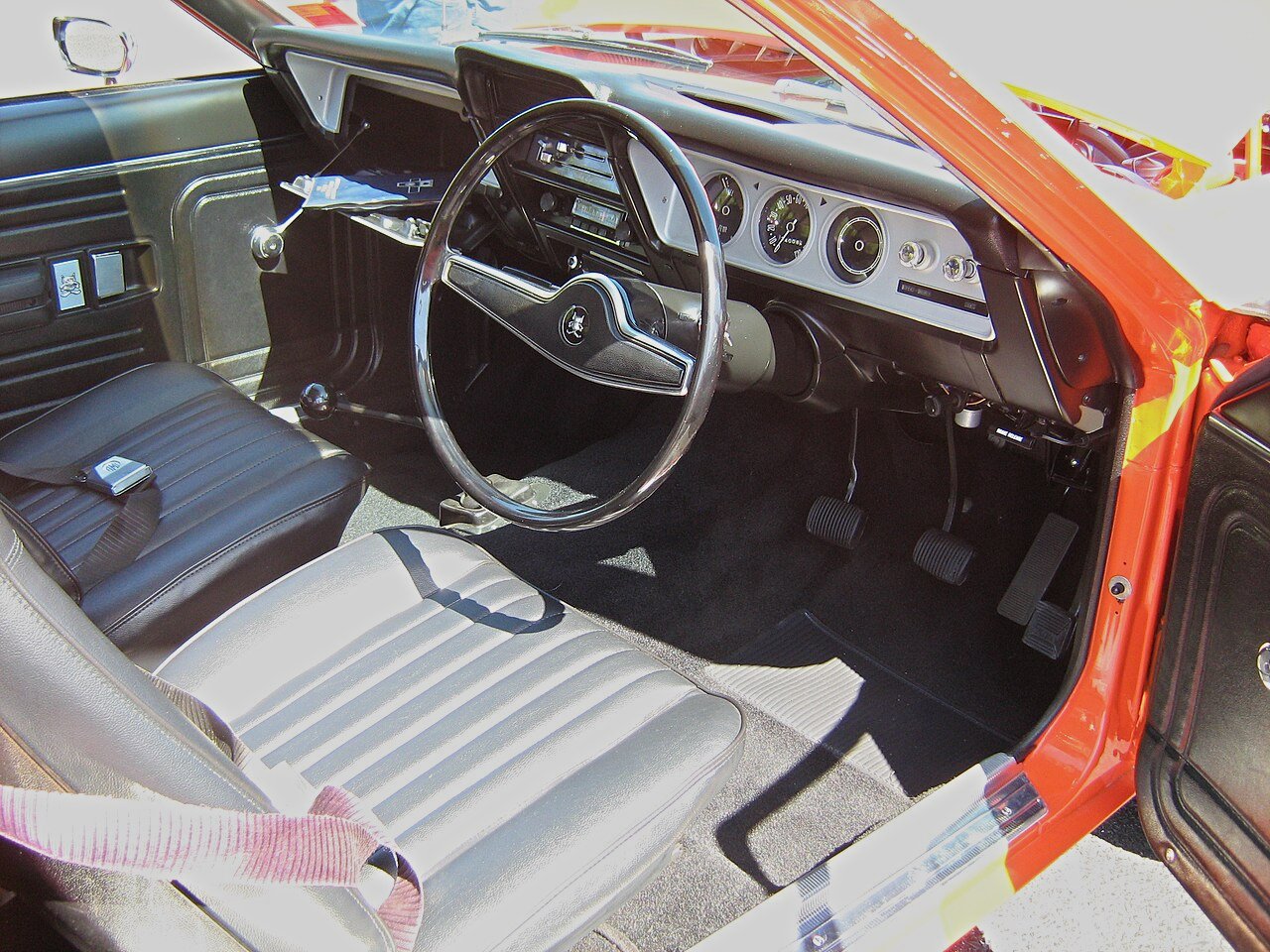 CZmarlin — Christopher Ziemnowicz, CC BY-SA 3.0, Wikimedia Commons
CZmarlin — Christopher Ziemnowicz, CC BY-SA 3.0, Wikimedia Commons
Mixed Reputation
At first, the Gremlin’s reputation was decidedly mixed. While ridiculed in some quarters, other media outlets celebrated its value, and it was selected by “top mechanics for good value, good service.” The six-cylinder engine and automatic transmission were praised for their ease of use, perfect for young drivers.
As the 1970s moved into the 1980s, car styles became generic in favor of engine power.
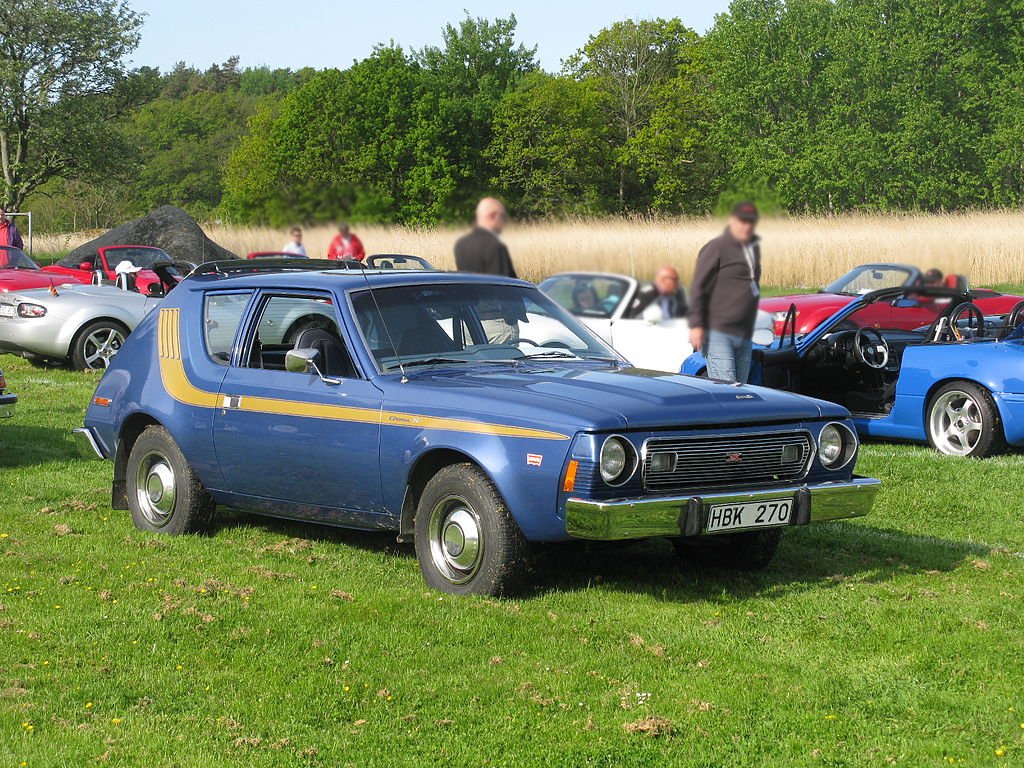 nakhon100, CC BY 2.0, Wikimedia Commons
nakhon100, CC BY 2.0, Wikimedia Commons
Personality
The Gremlin had personality and it stood out from those increasingly generic cars. Why then is it so criticized? It seems to come out of a bit of snobbery, as well as its peculiar look.
1970s Styles
While the Gremlin pioneered the hatchback, its image tends to relegate it to joke status, along with other questionable 1970s styles. It's kitsch, and for many car enthusiasts, kitsch is not desirable.
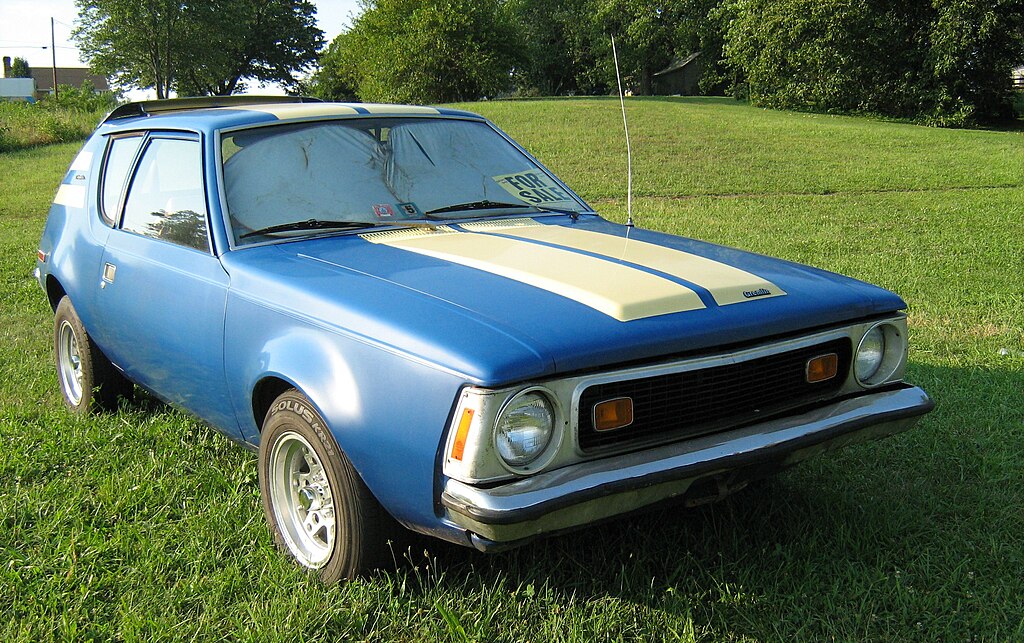 CZmarlin — Christopher Ziemnowicz, CC BY-SA 3.0, Wikimedia Commons
CZmarlin — Christopher Ziemnowicz, CC BY-SA 3.0, Wikimedia Commons
Few Features
Gearheads did not help the Gremlin's reputation. With few features common at the time, AMC's subcompact felt cheap to many.
The automaker couldn’t design a separate platform for its subcompact car, and car enthusiasts saw the Gremlin as chopped up and piecemeal.
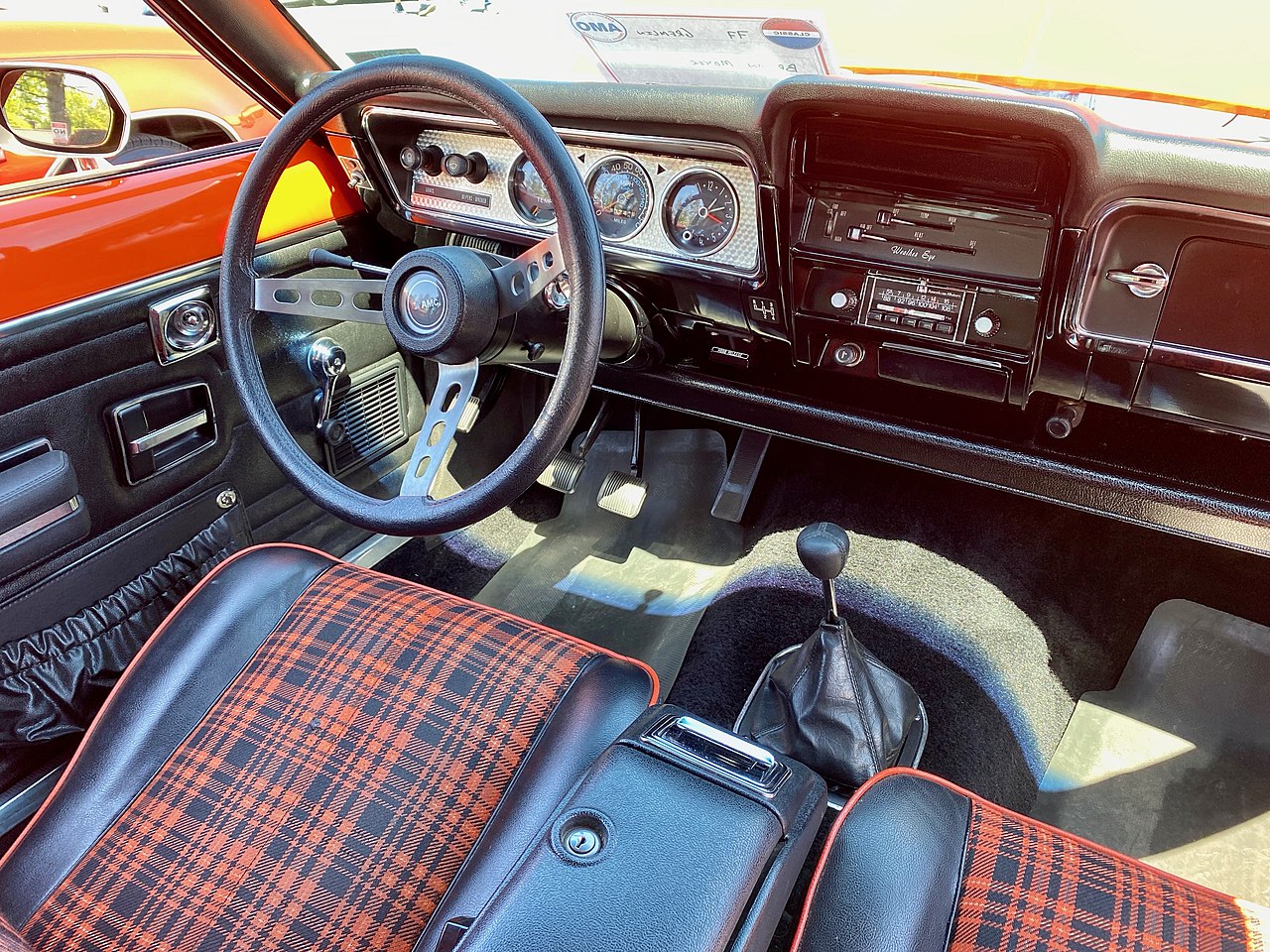 CZmarlin — Christopher Ziemnowicz, Wikimedia Commons
CZmarlin — Christopher Ziemnowicz, Wikimedia Commons
Fuel Efficient
The Gremlin could never escape its origins as a truncated Hornet, likened to the tail being lopped off a salamander. Nevertheless, the Gremlin was celebrated for its efficiency in both design and fuel consumption.
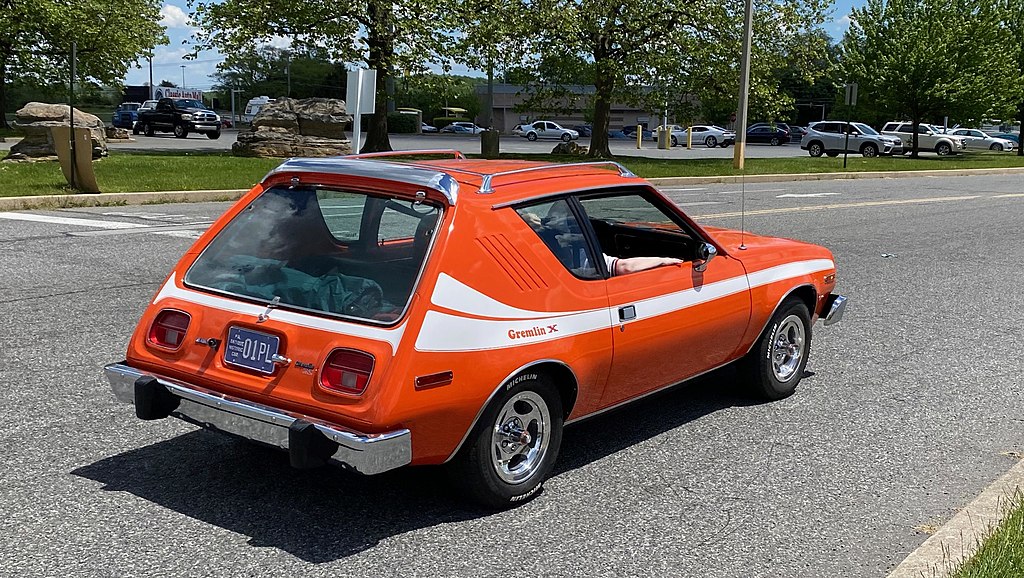 CZmarlin — Christopher Ziemnowicz, Wikimedia Commons
CZmarlin — Christopher Ziemnowicz, Wikimedia Commons
Nostalgia
As an oddity and as something nostalgic for a very specific time, the Gremlin has a devout following among collectors and hobbyists.
While some car enthusiasts remain snobbish about the Gremlin, others appreciate its uniqueness and its value as nostalgia.
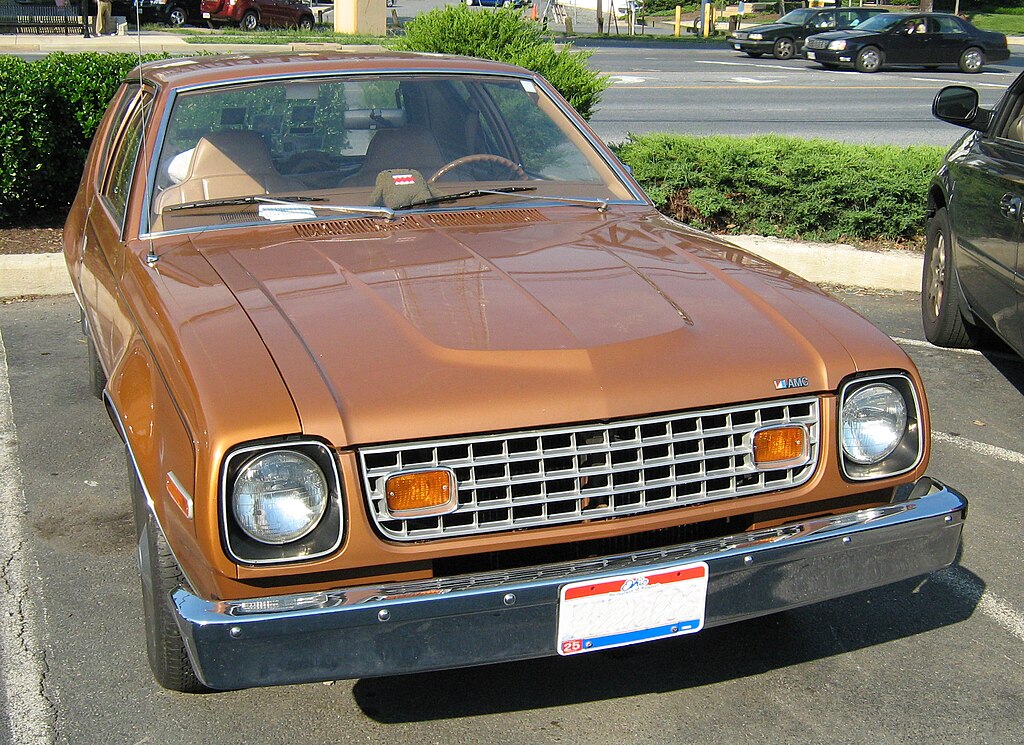 CZmarlin — Christopher Ziemnowicz, Wikimedia Commons
CZmarlin — Christopher Ziemnowicz, Wikimedia Commons
A Collector Car
The value of the Gremlin as a collector car has only increased over the years.
Even as an antique, the Gremlin offers value over other classic cars.
 CZmarlin — Christopher Ziemnowicz, Wikimedia Commons
CZmarlin — Christopher Ziemnowicz, Wikimedia Commons
The Mood Of The Time
As a symbol of the 1970s, the Gremlin remains an important entry in the history of American automobiles. It represented the mood of the time. It was cheaply designed, but its simplicity was one of its key values.
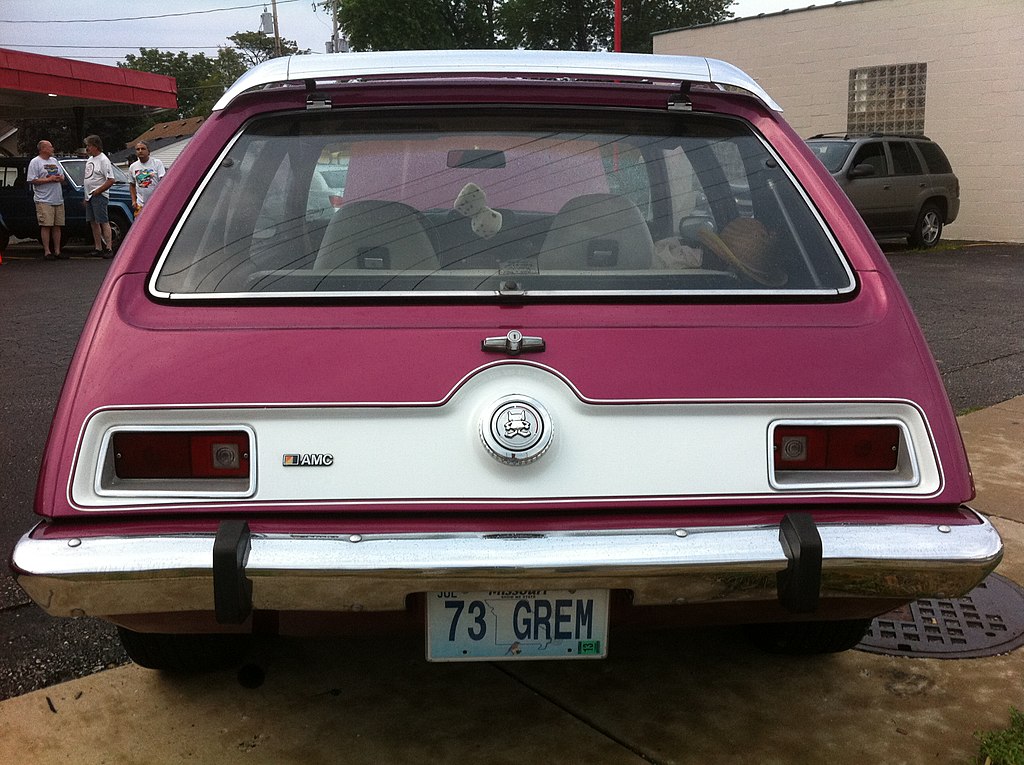 CZmarlin — Christopher Ziemnowicz, Wikimedia Commons
CZmarlin — Christopher Ziemnowicz, Wikimedia Commons
Energy Crisis
With an increased awareness of the environmental impact of cars, coupled with the ongoing energy crisis of the 1970s, the overly large car of the 1970s was seen as decadent. It was excessive and unnecessary, and the Gremlin was a fun, cheap, and in-your-face alternative, something your father would never drive.
 CapCase, CC BY 2.0, Wikimedia Commons
CapCase, CC BY 2.0, Wikimedia Commons
Functional Designs
Functionalism became a buzzword, something that was lacking in traditional American car design. Simple, functional designs were seen as European, as essentially un-American—but in the 1970s, this was something that appealed to younger car buyers.
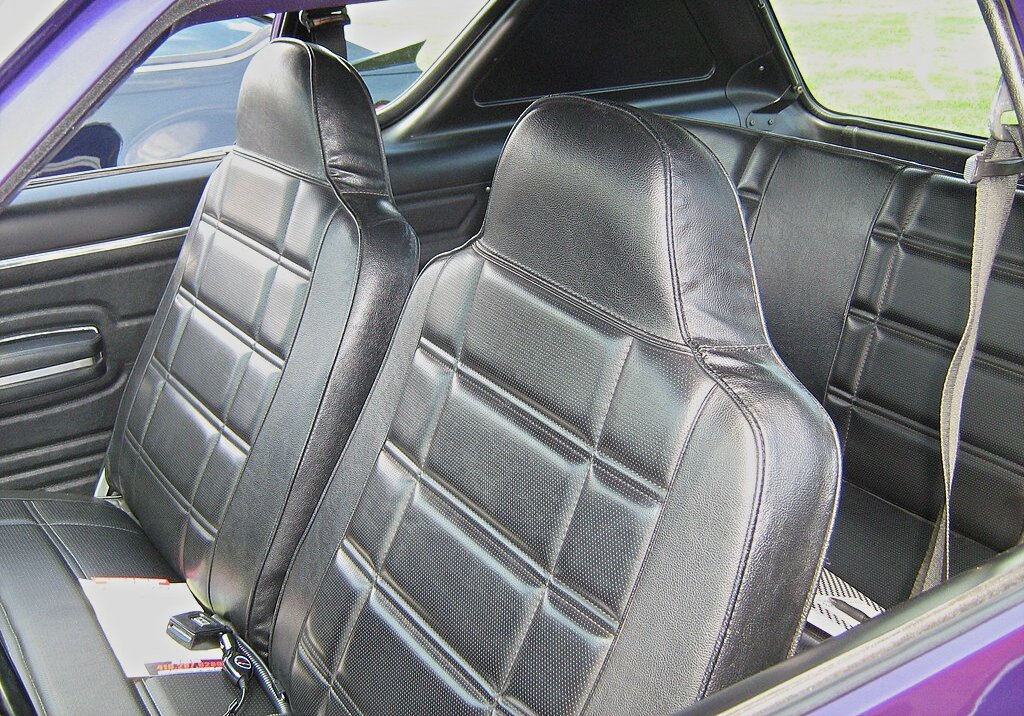 CZmarlin — Christopher Ziemnowicz, Wikimedia Commons
CZmarlin — Christopher Ziemnowicz, Wikimedia Commons
The End Of The Gremlin
The Gremlin ceased production in 1978. It was restyled as a slightly longer car and renamed AMC Spirit. The Spirit continued the hatchback and sales were strong.
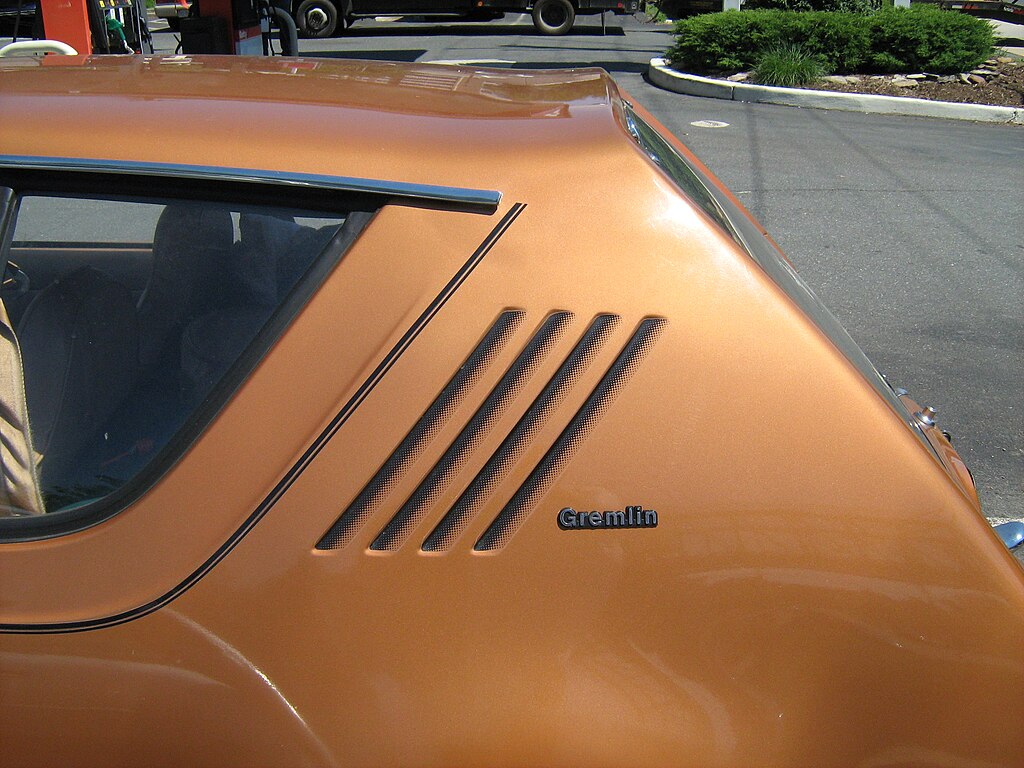 CZmarlin — Christopher Ziemnowicz, Wikimedia Commons
CZmarlin — Christopher Ziemnowicz, Wikimedia Commons
How The Gremlin Is Remembered
The Gremlin’s main competitors in the 1970s are largely remembered for their problems. The Ford Pinto was infamous for notorious penchant for exploding when rear-ended.
Meanwhile, the Chevy Vega is remembered mainly for how easily it rusted. The Gremlin looks downright sparkling in comparison.
 CZmarlin — Christopher Ziemnowicz, CC BY-SA 3.0, Wikimedia Commons
CZmarlin — Christopher Ziemnowicz, CC BY-SA 3.0, Wikimedia Commons
The Gremlin Today
The Gremlin was kitsch and that’s why it is prized even today. Its history is one of rushed design, shortcuts and cheap production, but by the 1990s, the Gremlin’s collectability was increasing.
Its image as a fun retro car created a cult following, and whatever shortcomings it had are largely forgotten.
 CZmarlin — Christopher Ziemnowicz, Wikimedia Commons
CZmarlin — Christopher Ziemnowicz, Wikimedia Commons


